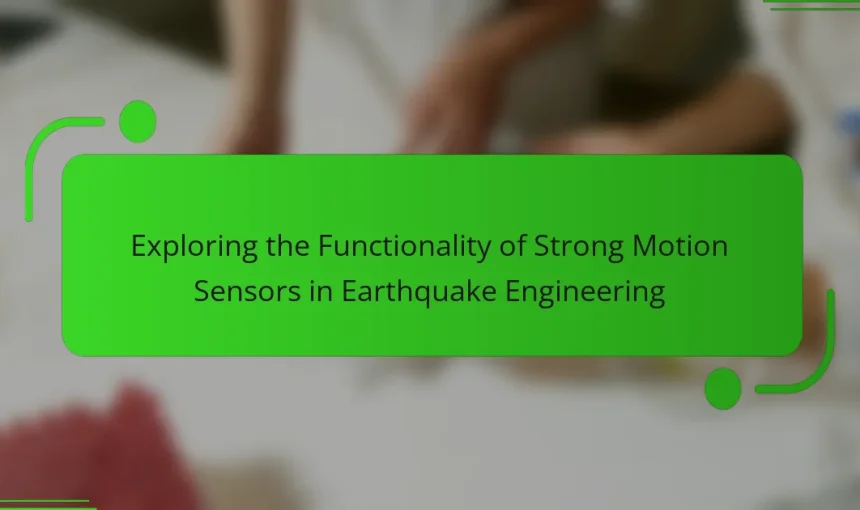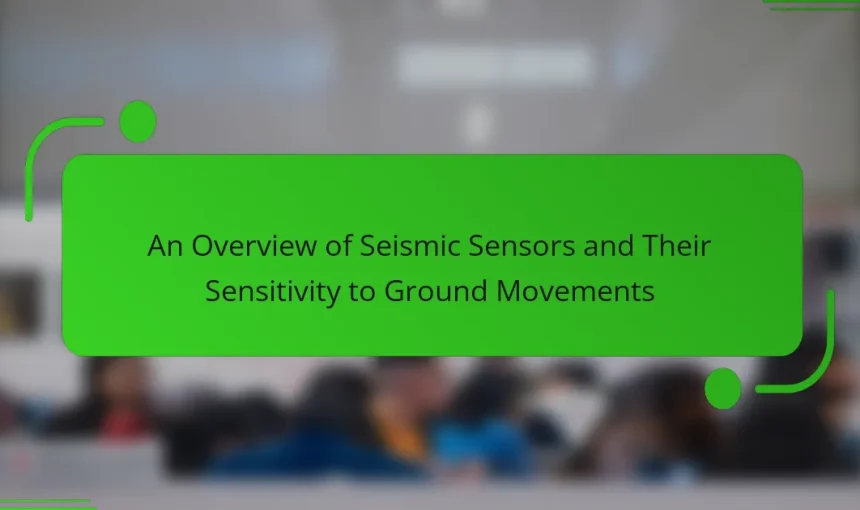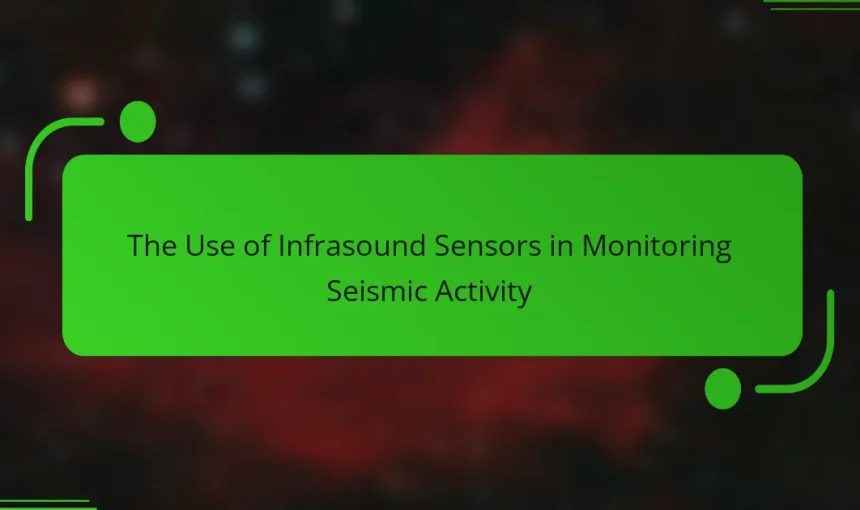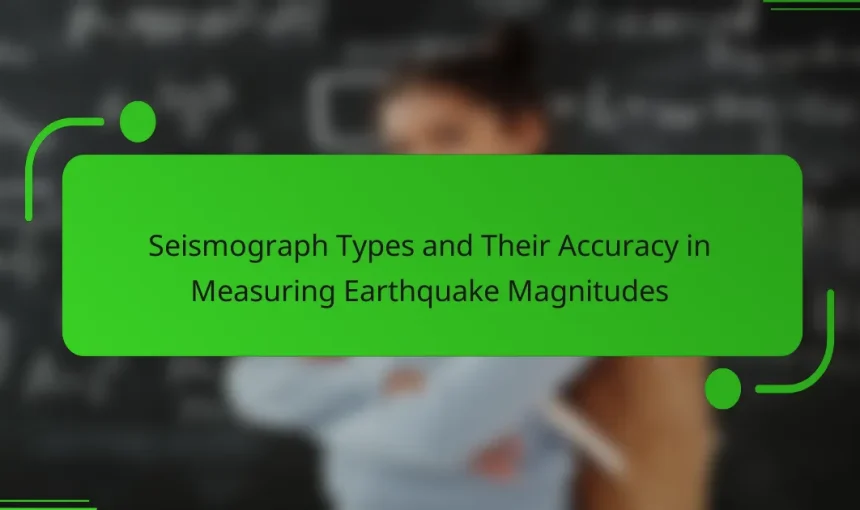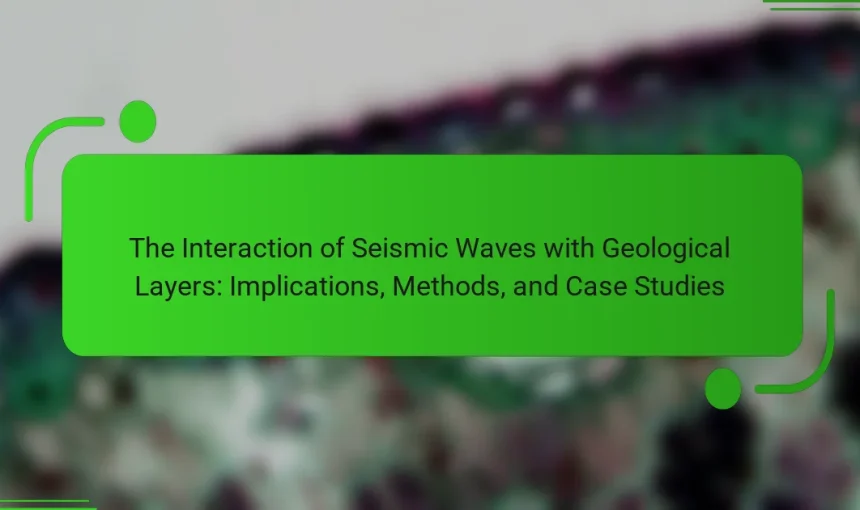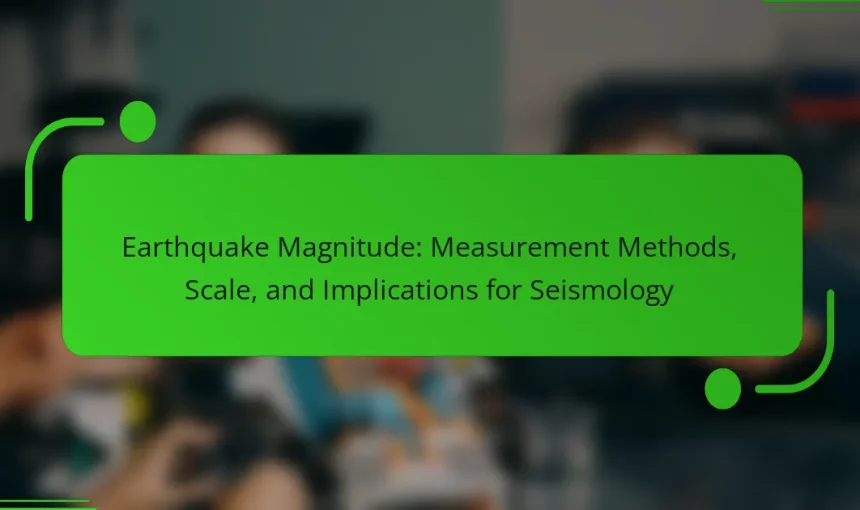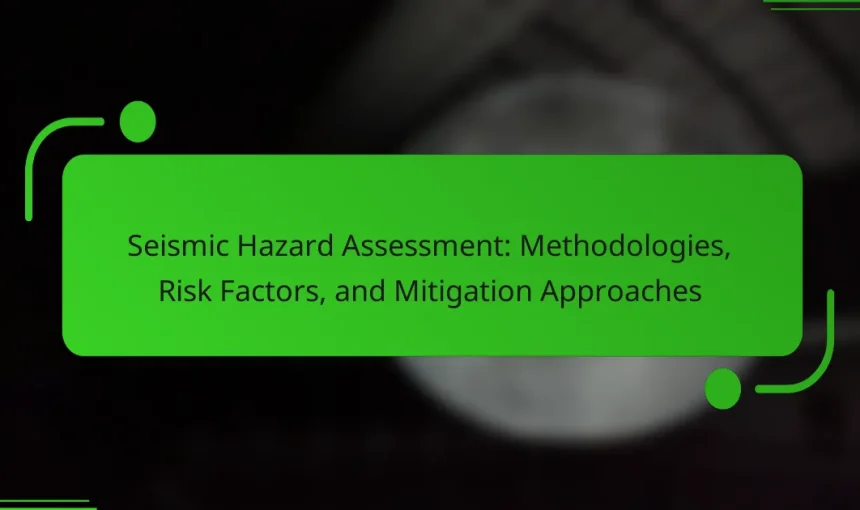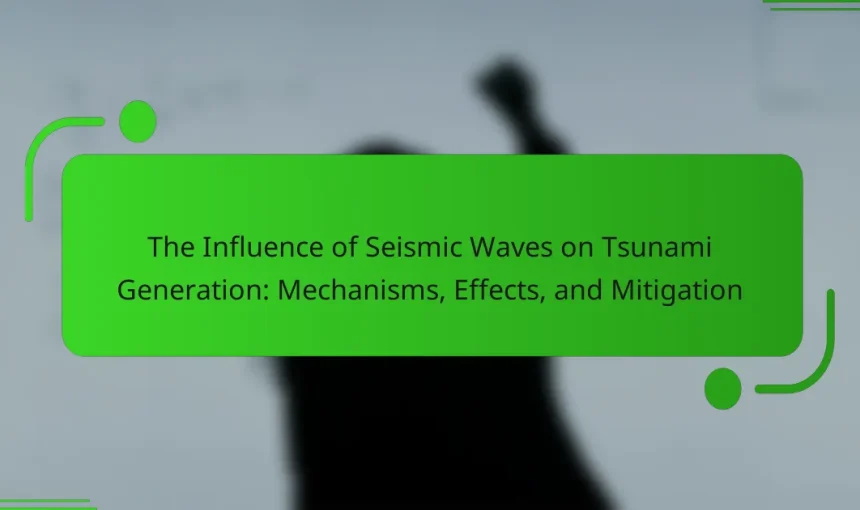Strong motion sensors are essential devices used to measure ground motion intensity during earthquakes, capturing critical data on acceleration, velocity, and displacement. This data is vital for assessing the seismic performance of structures and informing building codes and safety standards. Common types of strong motion sensors include accelerometers, velocity sensors, and displacement sensors, each contributing […]
Seismic sensors are devices designed to detect and measure ground movements caused by seismic waves, playing a crucial role in monitoring earthquakes and geological activities. Various types of seismic sensors, including accelerometers, geophones, and broadband seismometers, offer unique capabilities for analyzing ground motion. These sensors are essential for applications such as earthquake detection, structural integrity […]
Infrasound sensors are specialized devices designed to detect low-frequency sound waves that fall below the range of human hearing. These sensors are essential for seismic monitoring, as they capture vibrations generated by geological events such as earthquakes and volcanic eruptions, often providing early warnings before traditional seismic instruments can react. The strategic deployment of infrasound […]
Seismographs are specialized instruments used to measure and record ground motion during seismic events, such as earthquakes. They detect vibrations caused by seismic waves, with various designs impacting their sensitivity and frequency range. This article explores different types of seismographs, their role in determining earthquake magnitudes, and the importance of integrating data from multiple seismograph […]
Aftershock patterns refer to the sequences of seismic events that follow a significant earthquake, typically occurring in the same region as the main shock. These aftershocks vary in magnitude and frequency, diminishing over time according to the Omori law, which states that their occurrence decreases as time progresses post-event. The article explores the characteristics of […]
Seismic waves are energy waves that travel through the Earth’s geological layers, generated by events such as earthquakes or artificial explosions. They are categorized into body waves, which include primary waves (P-waves) that compress and expand materials, and secondary waves (S-waves) that cause up-and-down or side-to-side ground movement. Understanding the interaction of seismic waves with […]
Tsunamis are large ocean waves primarily generated by underwater disturbances such as earthquakes, volcanic eruptions, and landslides, with seismic activity along tectonic plate boundaries being the most common cause. The article explores the mechanisms of tsunami generation, detailing how significant seismic events can displace vast volumes of water, leading to destructive waves. It also examines […]
Earthquake magnitude is a numerical measure of the energy released during an earthquake, primarily quantified using scales such as the Moment Magnitude Scale (Mw) and the Richter scale. The Moment Magnitude Scale provides a more accurate assessment for larger earthquakes, indicating that each whole number increase represents approximately 31.6 times more energy release. Various measurement […]
Seismic Hazard Assessment evaluates the potential for ground shaking due to earthquakes and its impact on structures and populations. This assessment analyzes historical seismic activity, geological conditions, and fault lines to quantify the likelihood of various shaking levels over time. It incorporates risk factors such as ground shaking intensity, fault line proximity, and soil conditions, […]
Seismic waves are energy waves produced by the sudden movement of the Earth’s crust, primarily during earthquakes. These waves can displace large volumes of water, leading to the formation of tsunamis that travel across oceans and can cause significant destruction upon reaching coastal areas. The article examines the mechanisms by which seismic waves generate tsunamis, […]
